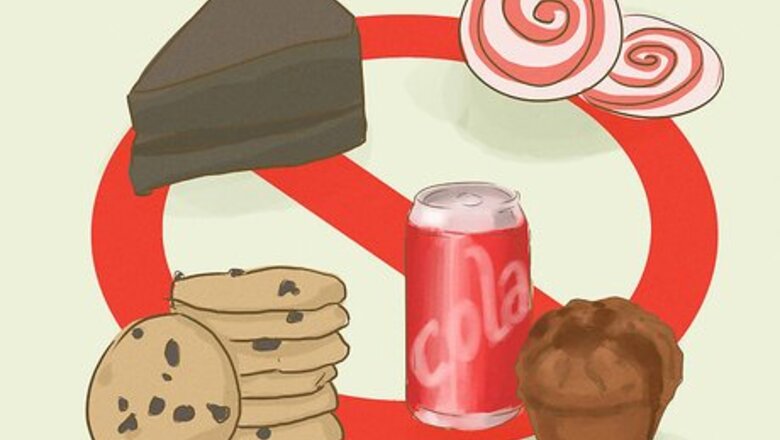
views
X
Expert Source
Lyssandra GuerraCertified Nutrition & Wellness Consultant
Expert Interview. 25 March 2020.
Some people try to lose weight by eating a low-carbohydrate diet, forcing the body to burn fat.[2]
X
Trustworthy Source
PubMed Central
Journal archive from the U.S. National Institutes of Health
Go to source
Some people with epilepsy also find this diet helps minimize their seizures, though it's more effective for younger individuals.[3]
X
Trustworthy Source
Cleveland Clinic
Educational website from one of the world's leading hospitals
Go to source
However, too much ketosis in your body can cause serious health problems, so approach this “ketogenic diet” safely.
Avoiding Carbohydrates in Your Diet
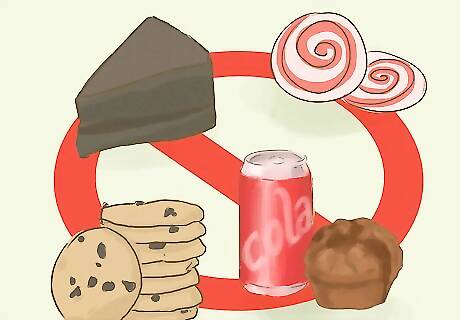
Stay away from sweets. A lot of sugar in your diet comes from sweets – ice cream, cakes, pies, candy, soda, juice, sports drinks, and sweetened coffee or tea. Stay away from anything that tastes overly sweet, that contains honey or molasses, or that lists sugar in the ingredients. This can be a big challenge for people. Exchange your current dessert option for fruit, or start by decreasing your portions of sweets.

Replace starches in your diet. Bread and pasta are key starches that are high in glucose. Increase ketosis by avoiding bread, pasta, rice, and grains. This includes whole grain products. Replace these in your diet with foods that are lower in starch, like lentils and vegetables.
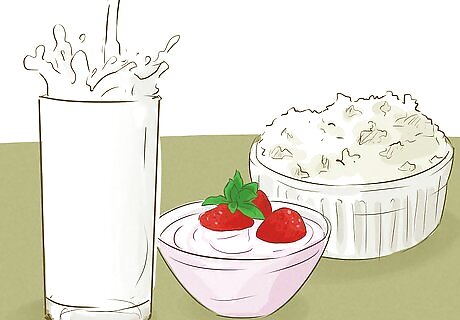
Consider alternatives to dairy. Sugar is also found in less obvious places like fruit and dairy. Avoid milk sugars by replacing cow’s milk with soy milk or almond milk. Make sure you get enough calcium in your diet with non-dairy alternatives like sesame seeds, chia seeds, sardines, canned salmon, beans, lentils, almonds, spinach, kale, rhubarb, and tofu. If you do eat dairy, choose full-fat options to add to your dietary fat intake.
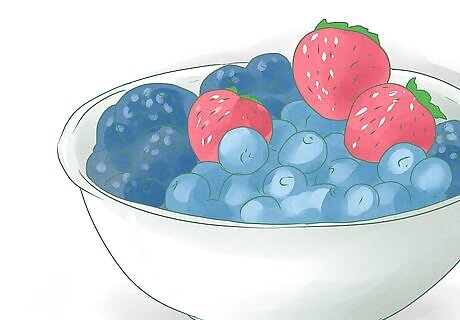
Minimize your fruit sugars. A healthy diet should include fresh fruits, so don’t fully avoid eating fruit. Choose fruits that are lower in fructose (fruit sugar) than others, such as bananas, blueberries, strawberries, kiwi, and citrus. Stay away from fruit juice and dried fruit.

Only eat non-tuber vegetables. Most vegetables are great to have in a ketogenic diet, but tuber vegetables contain a lot of starch and should be avoided. Starch converts directly into glucose. Stay away from veggies that grow underground, such as: Potatoes Carrots Radishes Beets Parsnips Turnips
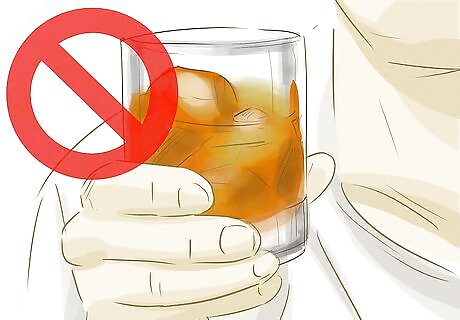
Don’t drink alcohol. Stop drinking alcohol altogether or drink it only in very small amounts, such as one glass a week. Alcohol contains a lot of sugar. If you’ve been drinking and feel like you need help to quit, talk to your doctor. Drink unsweetened tea or water flavored with citrus instead.
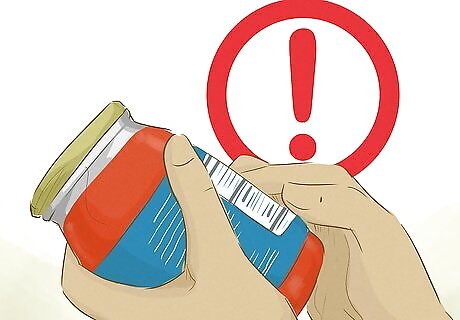
Check ingredients lists for sugary additives. Avoid any product that contains high-fructose corn syrup. This is found in many products and is very high in sugar. Stay away from products containing any of these other high-sugar additives, as well: Fructose Crystalline fructose Honey
Keeping Track of Your Ketogenic Diet
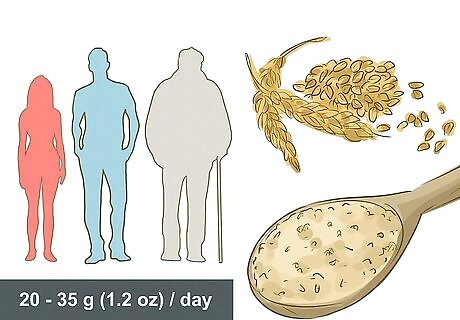
Stick to 20-25 grams of carbs per day. To cause ketosis in your body, you need to eat – on average – fewer than 25 grams of carbohydrates daily. This is a very low number and will take some effort. Keep a diet journal to keep track of your carb intake, or use an app for this purpose. Read the labels on your food products, and take serving size into account. If a serving size is 1 ounce and contains 10 grams of carbohydrates but you’re eating 2 ounces, that equals 20 grams of carbs. Eat at least 20 grams of carbs daily. Your body needs this much to function properly. For example, one cup (128 grams) of celery with 2 tbsp (28 grams) of almond butter contains 9 grams of carbs, 1 oz (28 grams) of almonds contains 6 grams of carbs, and one cup (128 grams) of cucumbers with 2 tbsp (28 grams) of hummus has 7 grams of carbs.
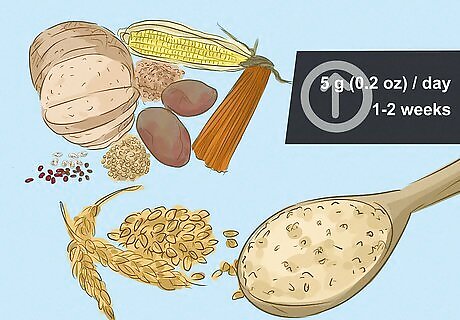
Follow the 75-20-5 rule. The most effective ketogenic diet provides calories mainly from fat, very little from carbohydrates, and an appropriate amount of protein. The general rule is to obtain 75% of your daily calories from fat, 20% from protein, and 5% from carbs. Use your diet journal to keep track of the math. There’s some leeway in these numbers, and since everyone is different you should see what feels best for you: get 5-10% from carbs, 20-25% from protein, and 70-75% from fat. For example, a meal could be beef stew with roasted butternut squash, teriyaki turkey and lettuce wraps, or a hamburger without the bun and a side of broccoli.
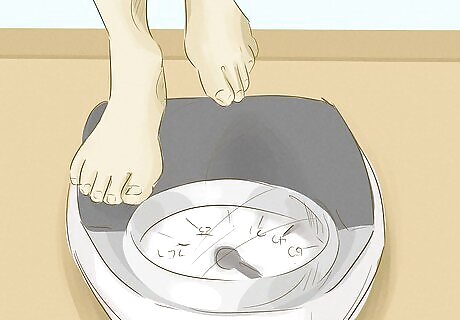
Watch for weight loss over time. It can take up to 3 months for your body to adapt to burning fat completely, though you may start seeing subtle changes from the diet in 6-8 weeks. For best weight-loss effects, stick to your ketogenic diet for the long-term.
Manage your calories. While your focus may be on the types of food you're eating, you should also keep an eye on the amount of calories that you're eating to make sure that your intake is not too high. You can use an online calculator or calorie counting app to help you manage your intake.
Dieting for Ketosis Safely
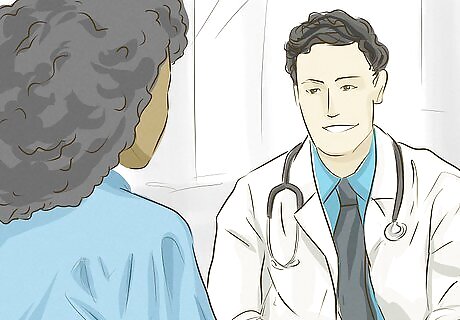
Visit your doctor. Inducing ketosis isn’t right for everyone, and for people with certain medical conditions it can cause serious health consequences. Talk to your doctor before starting any drastic diet. They will discuss your health history and possibly do a physical exam. Tell them what your goals are and discuss alternate diets. It’s especially important to talk to a healthcare professional before dieting if you have diabetes, severe kidney disease, or you take a diuretic medication. If you have these conditions, you should not induce ketosis. Instead, try low calories and increased activity. Say something to your doctor such as, “I want to use ketosis to lose weight. Is this a safe option for me?”

Approach this diet cautiously if you have heart disease. This is regarded as a high-fat diet, which may not be appropriate for people with some medical conditions. Talk to your doctor or a dietician first if you have heart disease, high cholesterol, atherosclerosis, or you ever had a heart attack. This diet may be helpful for you, but consult a healthcare professional first to make sure you won’t be putting yourself at risk.

Stop dieting for ketosis if you have serious symptoms. If too many ketones build up in your body, it can cause ketoacidosis – a state that basically poisons your body. This can happen quickly, even within 24 hours. It’s a medical emergency and can lead to coma or death. Seek medical care immediately if you are dieting to increase ketosis and experience any of the following: Abdominal pain Difficulty concentrating or confusion Dry mouth and feeling very thirsty Flushed skin or dry skin Urinating much more than usual Nausea and vomiting Feeling short of breath or breathing rapidly A fruity smell to your breath Cardiac arrhythmias Irregular heart rate Palpitations

















Comments
0 comment